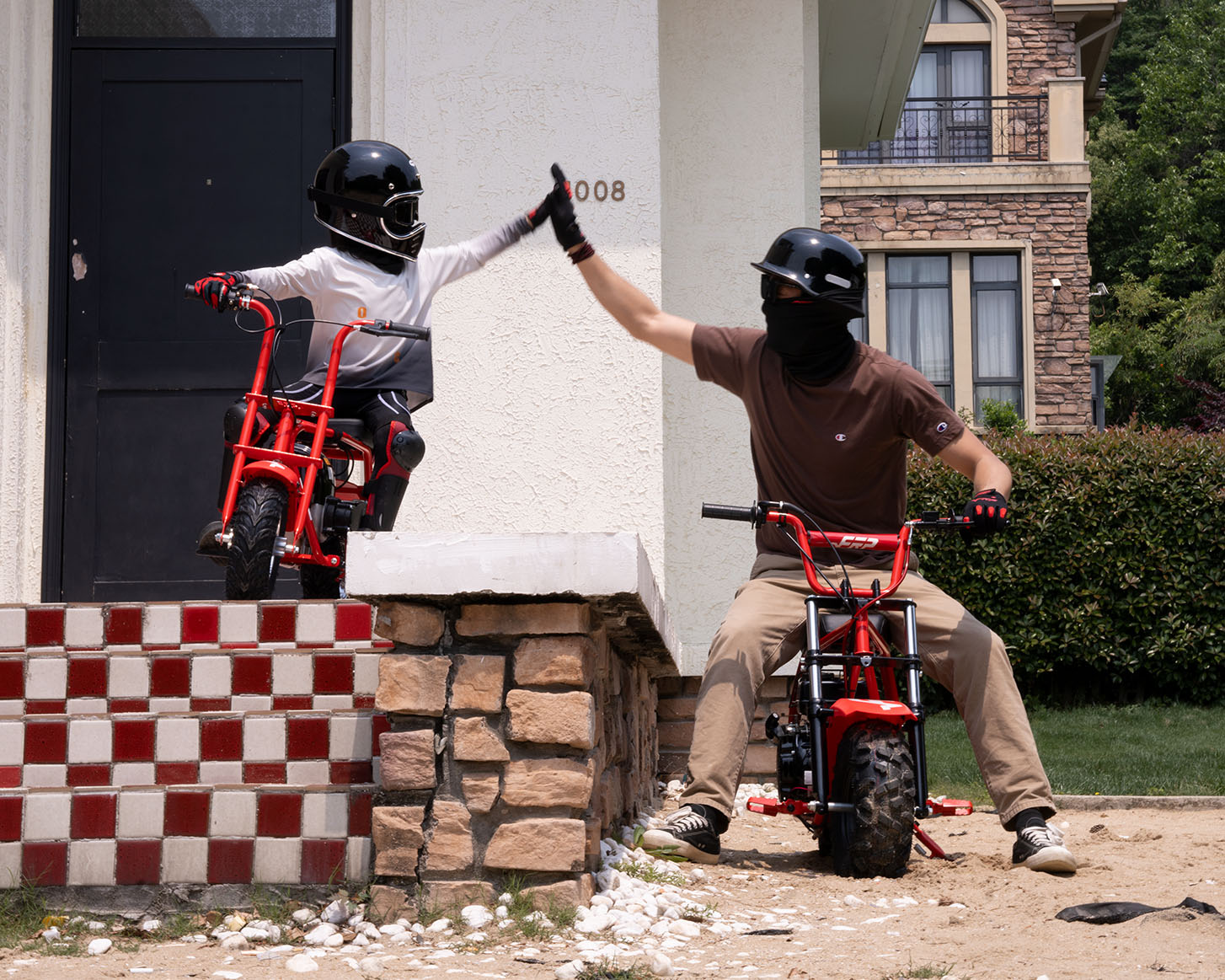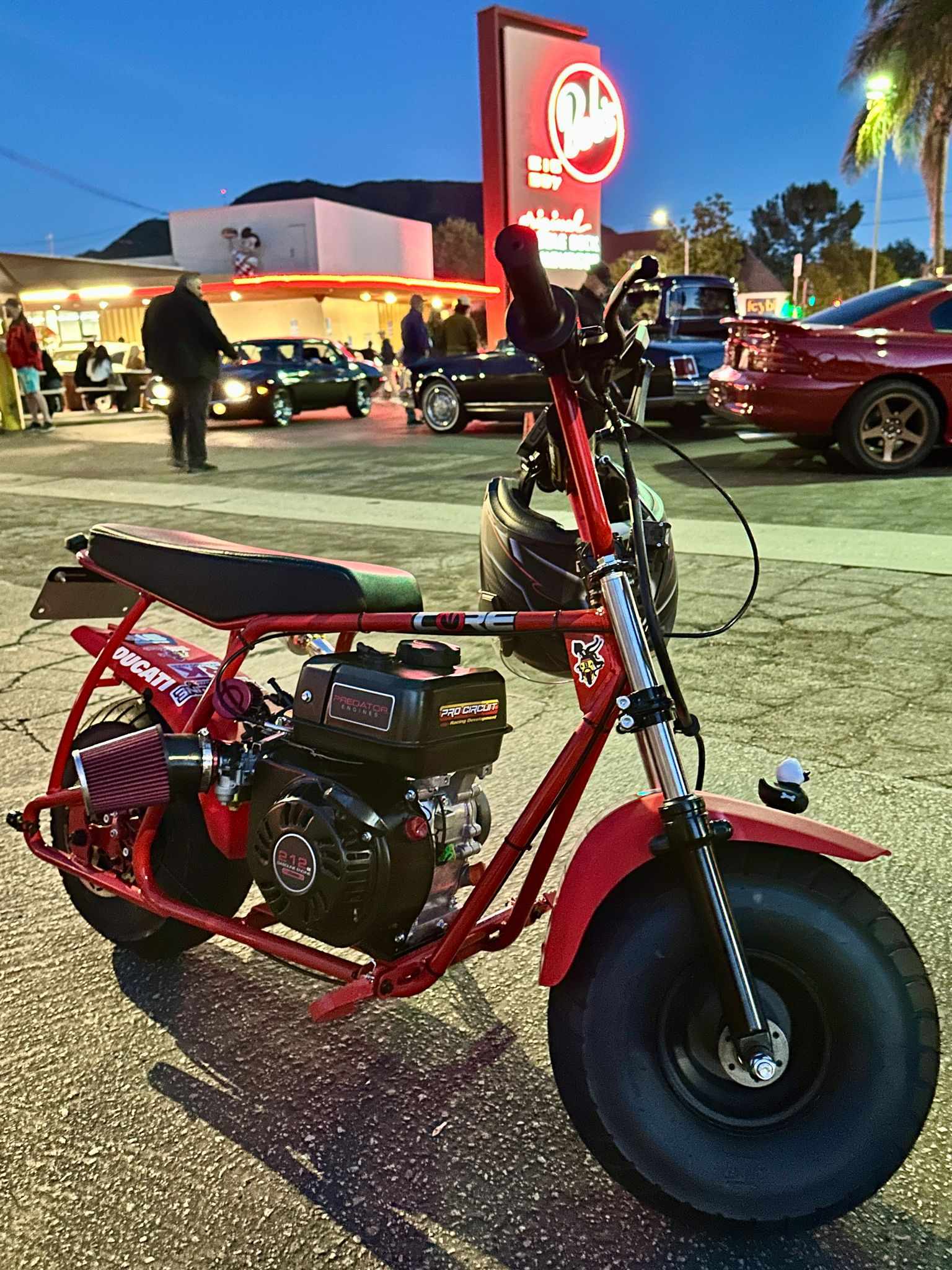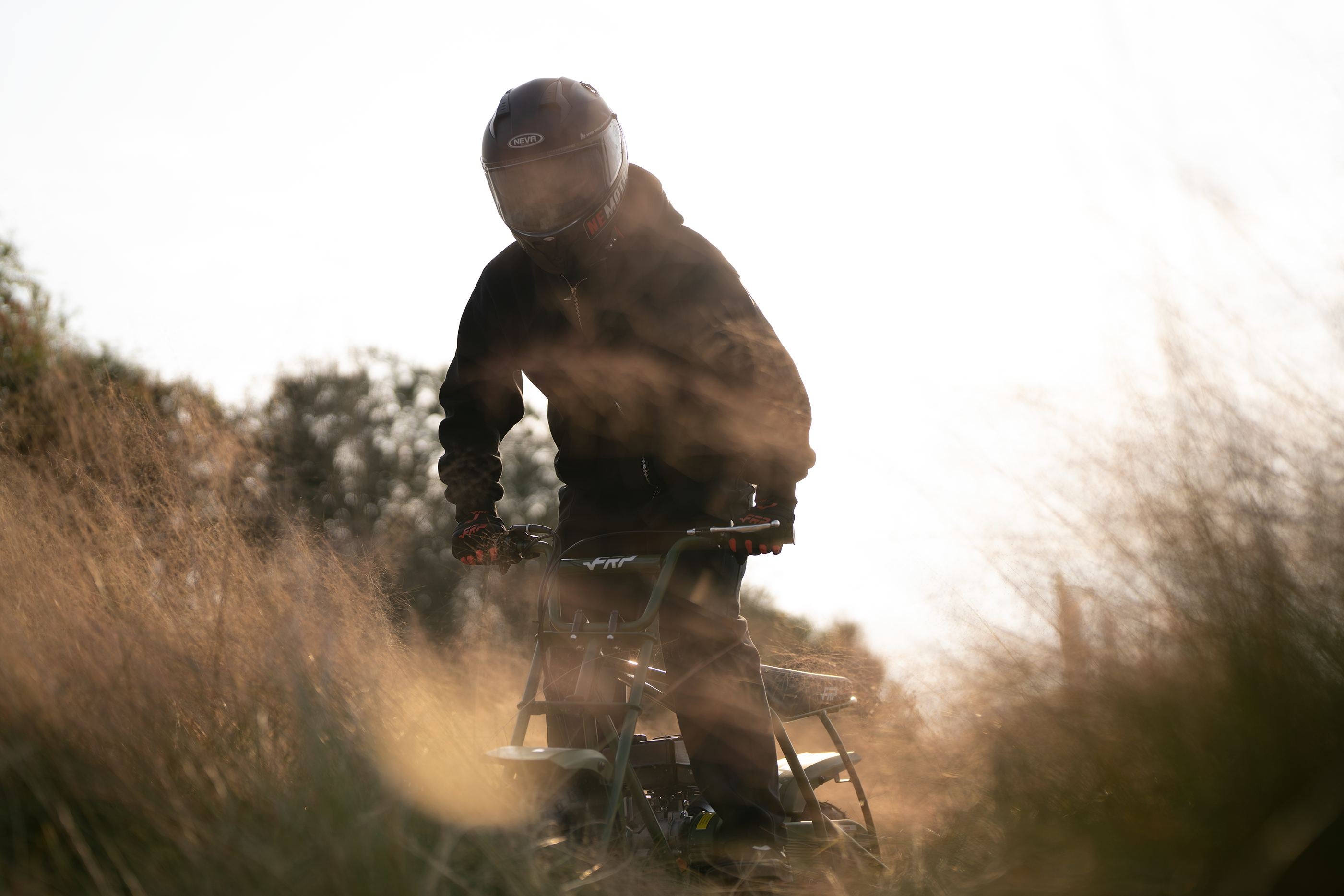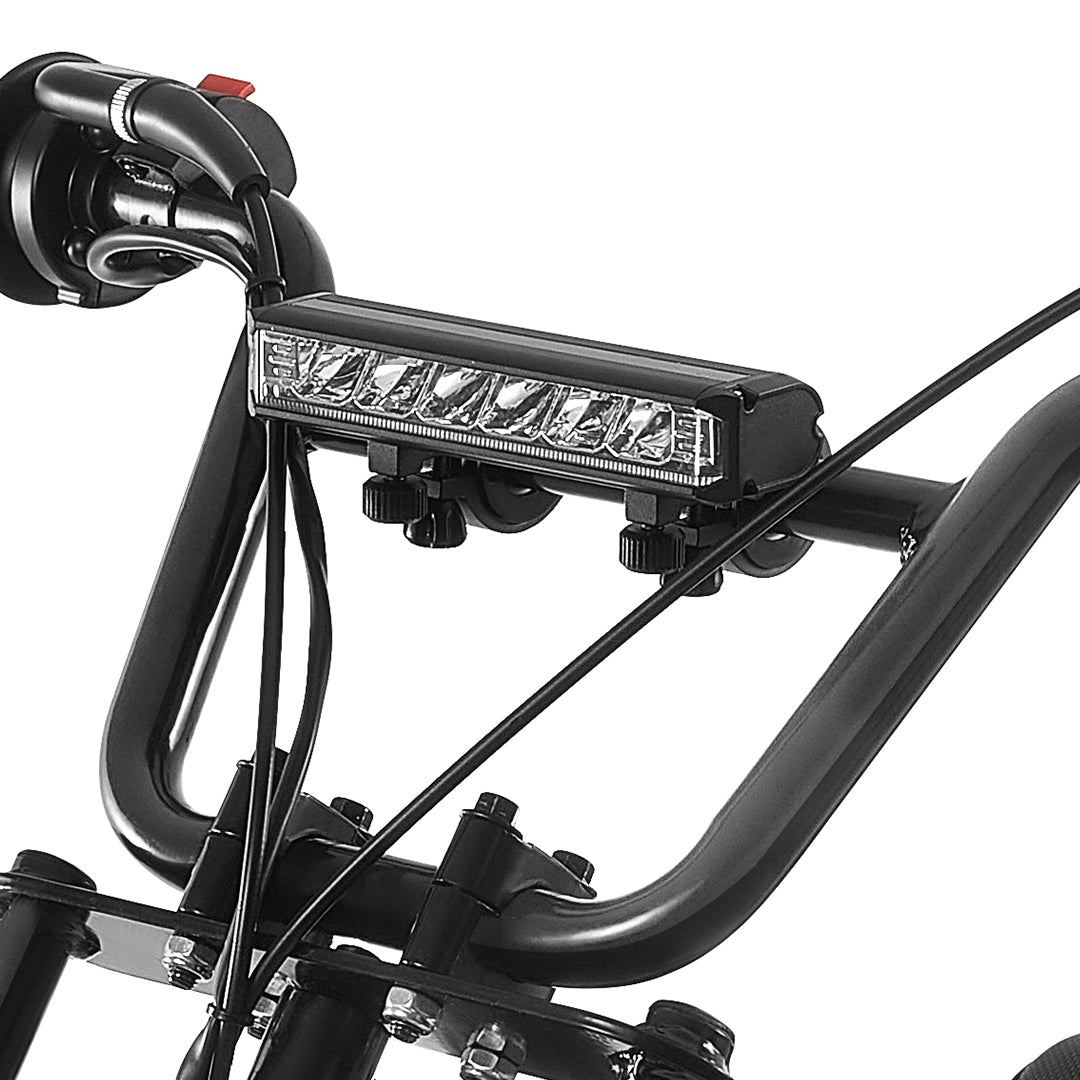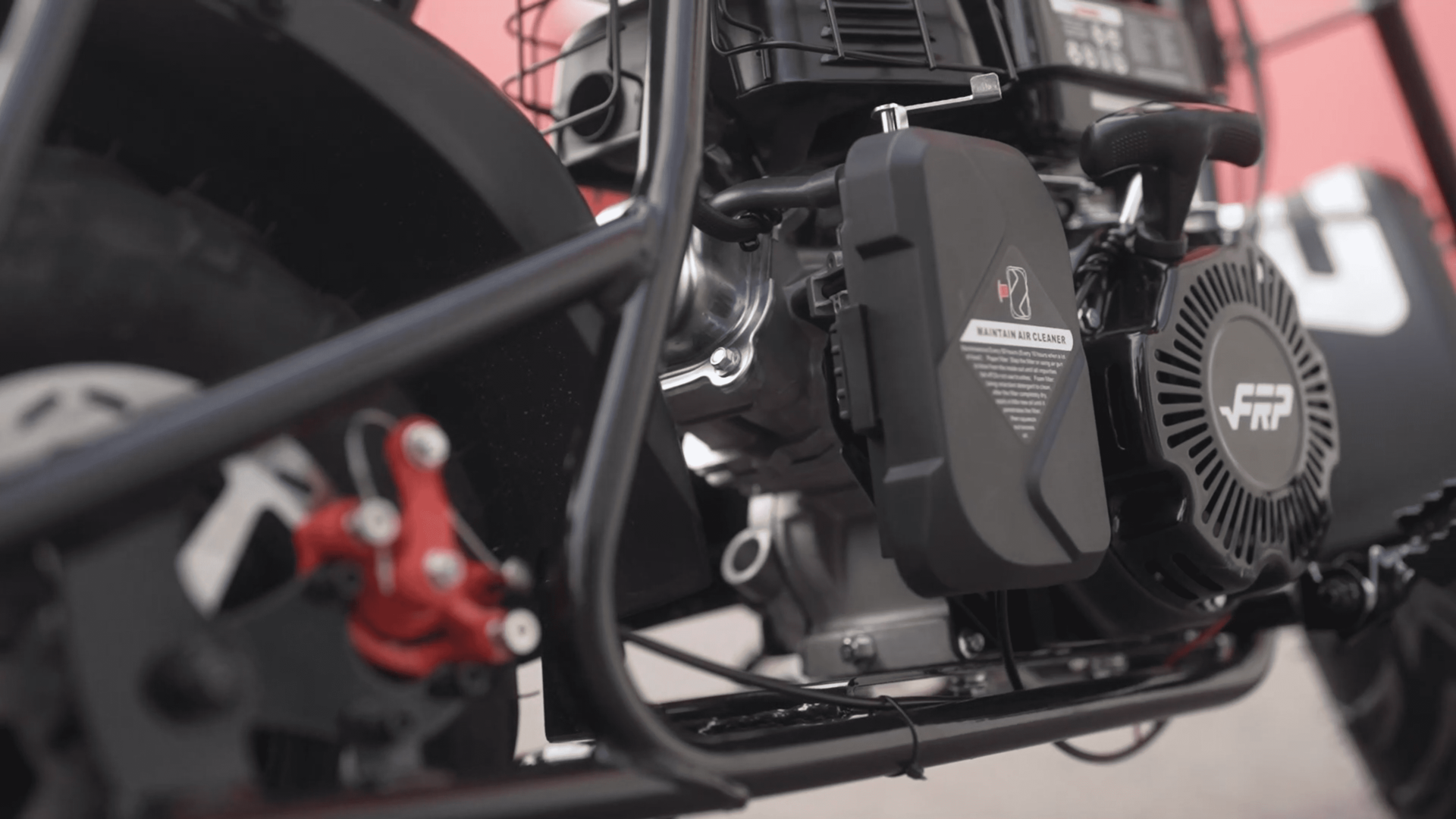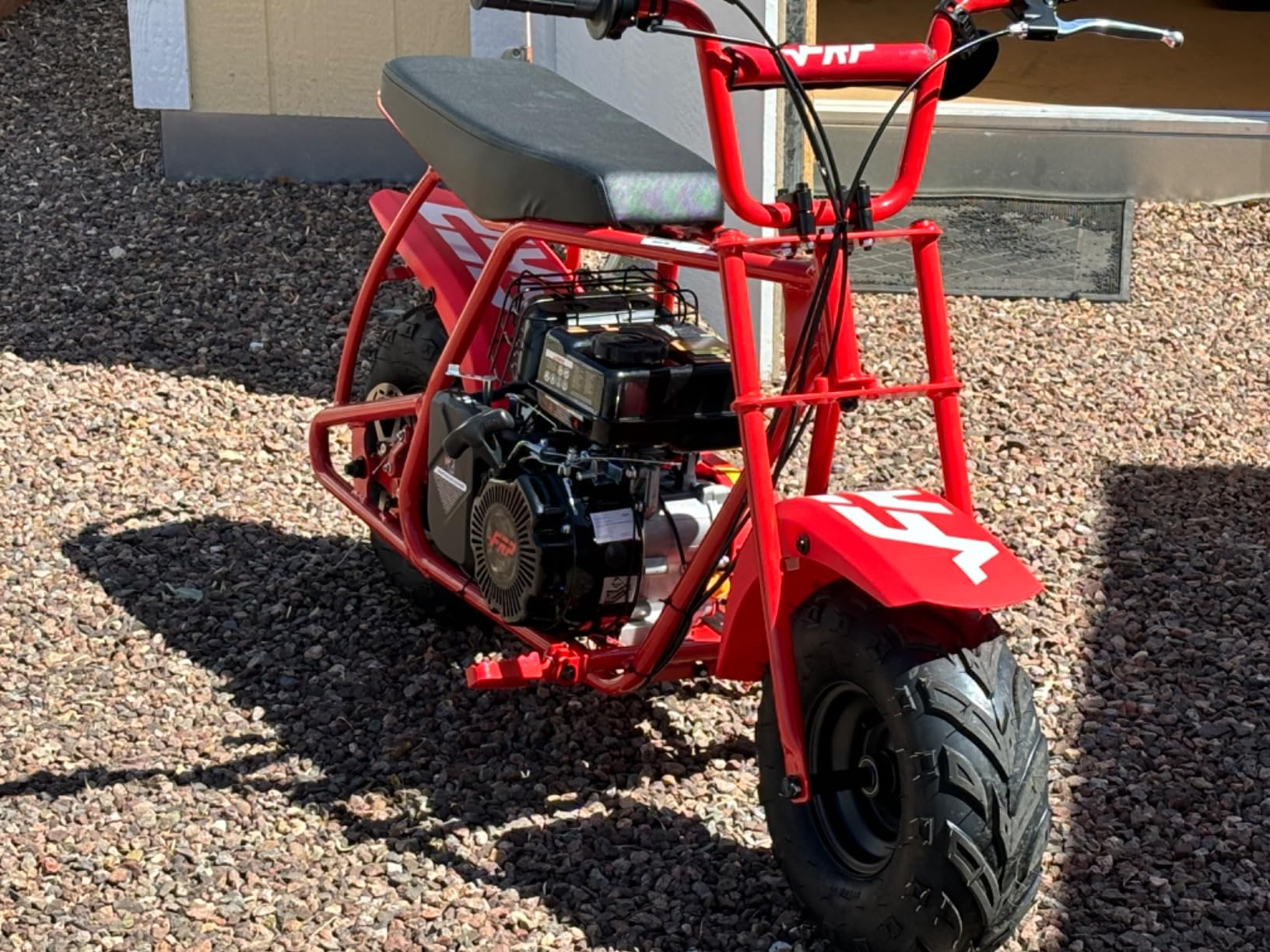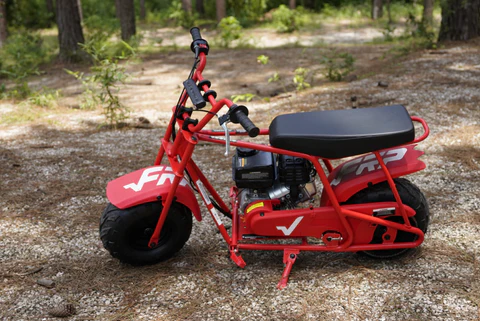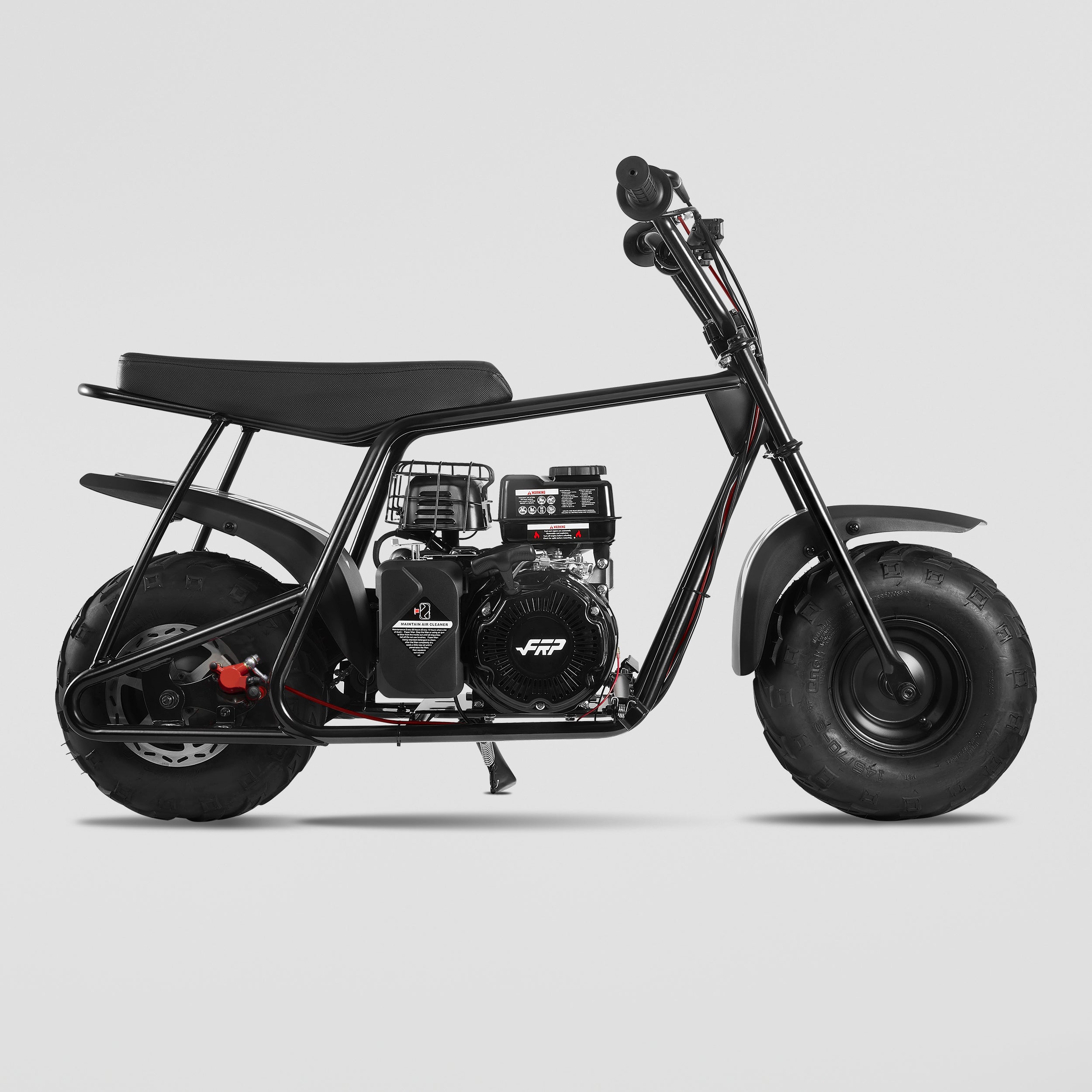Is your child dreaming of riding their very own mini bike? For many parents, the question pops up sooner than expected: “Is my child really ready for this responsibility?”
Mini bikes are not just cool toys. They’re small machines that demand skill, safety, and maturity. Many parents mistakenly think it’s just about age. But there’s a lot more to consider—like strength, focus, and emotional control.
While some kids are ready at 6, others may need more time. A kids gas powered mini bike needs the right rider, not just any rider.
This guide clearly and simply explains everything—there is no fluff, no guesswork. You need to decide if your child is ready to ride.

Physical Readiness Assessment
Age and Size Considerations
A common myth is that all kids over a certain age can ride mini bikes. That’s not true.
While age can be a starting point, size and strength are far more important. For example, the GMB100 is built to support riders up to 220 pounds. That’s helpful because your child can grow into it. But it doesn't matter how old they are if they’re too small to balance or reach the controls.
Look at your child’s height. Can they place both feet flat on the ground while sitting on the mini bike? If not, it’s unsafe.
Also, your child should be able to pick up or stabilize the bike if it tips. If the kids gas powered mini bike model is too heavy, they could fall and get hurt. Never rush this step.
Growing kids also need room. If the mini bike is too small in a few months, you’ll have to buy it again.
Motor Skills Development
Balance is the backbone of mini bike riding. If your child has trouble staying balanced on a regular bicycle, they’re not ready for a motorized ride.
Coordination matters, too. Controlling the throttle, brakes, and steering simultaneously takes practice. Mini bikes for kids demand good hand-eye coordination to avoid crashes.
Reaction time is also critical. A kid must quickly decide when to brake or turn if an obstacle shows up.
Let your child build strength through riding bikes or scooters. If they can ride for 30 minutes without getting tired, they likely have the stamina needed for a mini bike.
Mental and Emotional Readiness
Maturity Level Evaluation
Owning a kids mini bike means making smart choices on the spot.
It’s not just about having fun—it’s about thinking ahead, avoiding risk, and staying alert.
Can your child:
● Follow detailed instructions without reminders?
● Make choices based on safety, not excitement?
● Handle disappointment without a meltdown?
These are signs of readiness.
Mini bikes for kids teach more than riding. They teach responsibility. But your child must be mature enough to take that seriously.
Safety Awareness
Safety should become second nature. Your child must wear a helmet every single time, no exceptions. Gloves, knee pads, and elbow pads are not optional either.
They also need to understand road signs, traffic, and hand signals—even if they’re not riding on the road yet.
Being aware of surroundings is key. If a dog runs into their path, do they know how to react safely? And what if something breaks or goes wrong?
Make sure they can calmly call for help or stop and wait. These small lessons can prevent big accidents.
Learning Readiness
Your child’s learning style matters. Can they focus for 15–30 minutes at a time? Can they stay calm while learning something new?
Some kids do well with visual examples. Others learn by doing. No matter the style, your child must show commitment to practice. Mini bikes aren’t “set it and forget it” toys.
They need patience and effort to master. Kids who want to quit when things get tough might need more time before riding gas mini bikes.

Safety Features and Training
Essential Safety Equipment
A proper helmet is your first and most important investment. It should cover the back of the head and fit snug.
Don’t stop at helmets. Add gloves, elbow and knee pads, and thick boots that cover the ankle. These protect from road rash and engine burns.
Use bright-colored vests or attach a flag to the bike. This boosts visibility, especially during dusk or cloudy weather.
Have a basic first aid kit handy. It’s great for scrapes and small injuries.
Training Requirements
Start slow. Teach your child how to:
● Start the engine.
● Use the brakes properly.
● Maintain balance during turns.
Walk them through safety rules before every ride. Make this a habit. Practice emergency stops. Use cones or plastic bottles for obstacle courses.
Teach them to check tire pressure, fuel levels, and the chain. This builds kids mini bike maintenance habits early.
Supervision Guidelines
Early on, your child should never ride alone. Stay within reach.
You can give them more freedom over time, but check in often. If they are riding far from home, use two-way radios or a GPS tracker.
Teach your child how to call you in an emergency. Set clear rules for when to stop riding and return. Slowly let them gain independence as they show maturity and caution.
The GMB100: A Parent's Perspective
Safety Features
The GMB100 is designed with children in mind.
It has a rear disc brake system, which gives your child full control even at higher speeds. The full chain guard prevents fingers and clothing from getting caught in moving parts. That’s peace of mind.
It also has bright LED lights, making it easier for others to see your child from a distance.
And the best part? It includes an emergency shut-off feature—allowing you or your child to turn off the engine instantly if anything feels wrong.
Performance Characteristics
This gas mini bike has a top speed of 24 mph, which is fast but manageable for young riders. The 99cc engine offers just the right balance between power and safety.
One tank lasts up to 30 miles—perfect for parks, long trails, or supervised training sessions.
The soft and wide seating will comfort your child during long rides, which helps with balance and control.
Parental Controls
You can adjust the top speed to match your child’s skill level. As they improve, you can gradually unlock more speed.
There’s also a training mode to reduce power. That makes early rides safer and more controlled.
Routine care like checking bolts and refilling gas is easy. This teaches responsibility and builds good habits.
Add custom safety tools—like extra lights or mirrors—to match your family's needs.
Making the Decision
Readiness Checklist
Use this simple checklist:
✅ My child can lift and control the mini bike.
✅ They understand and follow safety rules.
✅ They show emotional maturity and patience.
✅ They stay focused and commit to practice.
✅ Our family agrees to support and supervise them.
If you check most or all, they may be ready.
Alternative Options
Not quite ready? That’s okay!
Start with a balance bike or a non-motorized scooter. These help build confidence.
Electric bikes are another option. They are quieter, lighter, and often slower.
Sometimes, it’s smart to wait a few months or a year. Your child may surprise you with progress.
Preparation Steps
Buy the right safety gear before the bike.
Set up a weekly practice schedule. Keep the first sessions short—10 to 15 minutes max.
Choose a large, open area for training. Avoid steep hills or busy streets. Agree on house rules—like no riding after dark, no stunts, and always wearing gear.
Conclusion
Riding mini bikes is more than just fun—it’s a life lesson in responsibility, safety, and independence.
Make sure your child shows the right physical strength, mental focus, and emotional maturity.
Take your time, don’t rush, and use this guide to help you decide what’s best for your family.
Want more expert tips? Visit the FRP blogs for more information.
Mini bikes for kids can be a safe, smart choice—when you’re fully prepared.


